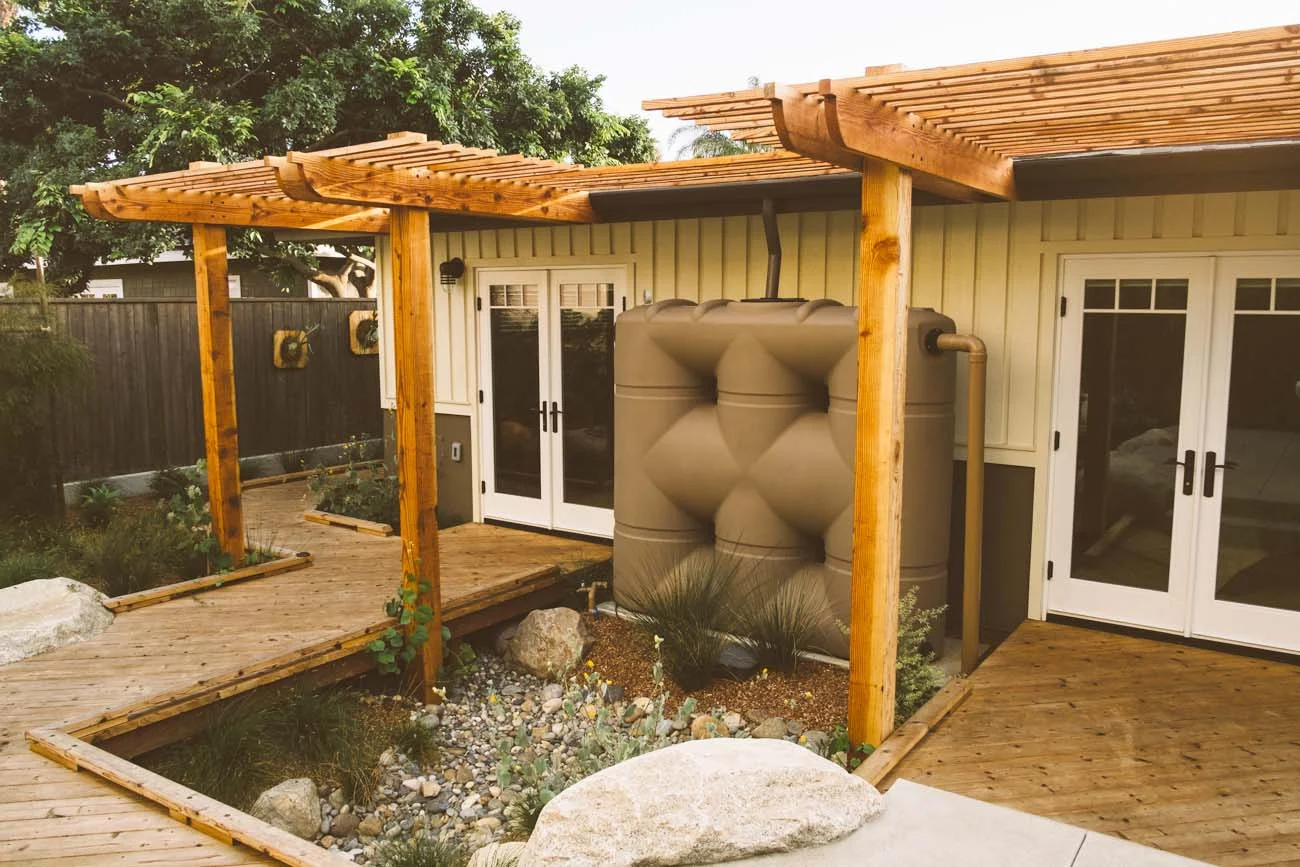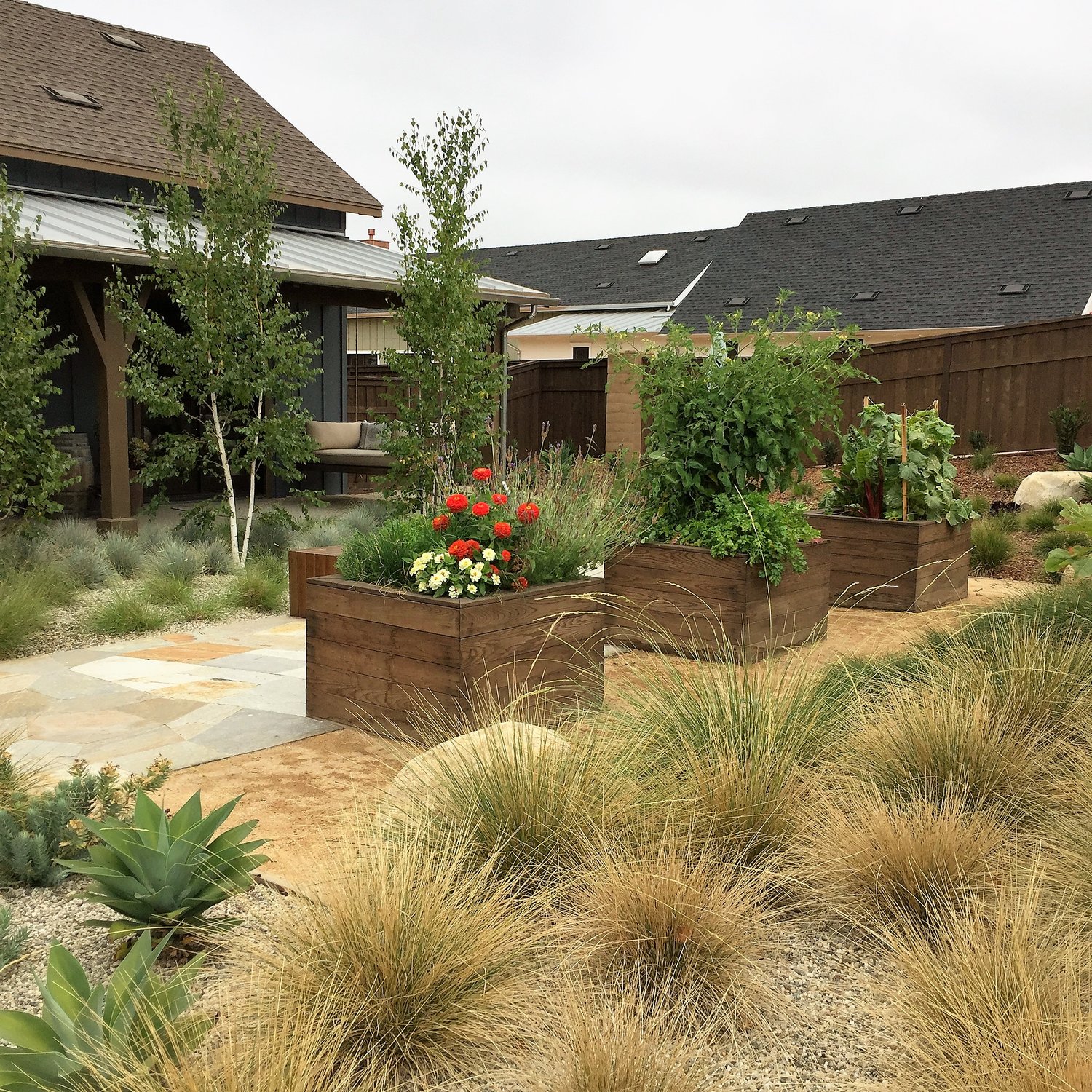YOU CAN DO IT TOO (PART 2) || How homeowners can implement sustainable practices in their own backyard
Not only are landscape designers responsible for fixing the mess that is the world today, but also architects, planners, contractors, and homeowners are accountable for creating a restored environment that will be built to last. Some major environmental issues like climate has hit its peak when it comes to the amount of pollution in the air; fortunately, sustainable practices and regulations for conservation and restoration are already in motion; however, in order to see a complete renovation everyone must take steps to realizing that the issue in our backyards as well. We have the accessibility to alter our way of life in order to help in the extreme makeover that the world needs.
This is part two of the “You Can Do It Too” blog; in the first part we discussed how implementing pervious materials and planting California natives can aid in created a healthier environment. For this chapter we will discuss how rainwater harvesting and edible gardens can support a sustainable lifestyle as well.
RAINWATER HARVESTING
This is as easy as collecting water runoff from your roof or other structures and storing it for later use. This is done by taking the water from your rain gutter and downspouts and instead of directing out onto the street it is collected in a cistern or other storage container. In Southern California we do not get a lot of rainfall so unfortunately you might not be able to collect enough water to feed your household demand; however, using it for landscaping needs is a efficient recycling technique you can implement in your own yard.
Why harvest? Well it not only will reduce your water bill, but it will create a healthier environment. With all the hardscape that we build the rainwater flows across the surface picking up all kinds of pollutants as it travels, eventually the end of their course is in a landscape or in a body of water. The water is no longer viable and is actually damaging rather than helping the systems. By rainwater harvesting we can collect any water that enters our site and use it before it has a chance to leave.
Fortunately rain barrels and rainwater cisterns are easy to implement, we have designed a few into our projects at the clients’ request. To do it yourself, make sure you understand which type of harvesting is good for your site, and consult with a professional for installation.
EDIBLE GARDENS
When we talk to most people, they think creating an edible garden is domestic bliss. Being able to walk in their backyard and pluck the freshest seasonal fruit or vegetable and use it in their daily meals, seems like a dream. It is easier said than done; however with the right tools and the ability to put in some maintenance anyone can implement a healthy veggie garden.
Start by understanding that the plants that are used in these gardens are short-lived, they are designed to grow fast and produce quick. A solid rotation throughout the months is key to having a year round produce aisle in your backyard. Next pick the sunniest place in your yard, since these are demanding plants they will need more of everything: sun, water, and healthy soils. If you can build up using raised beds, it will not only save your back and knees, but it will also allow for the layering amazing soils full of fertilizers and mulch (muy importante).
To lend a “filled box” look we encourage planting cut flowers like cosmos, marigolds, or nasturtiums throughout the vegetables this will add color and texture, accenting the edibles. Rosemary is also a perfect plant that can trail over your raised bed and yet is a nice herb that can be added to most dishes.
But do not forget: water everyday, fertilize every season or more often if capable, and be bold with vegetables choices, plant for aesthetics as well you’ll get more compliments that way ;).
Comment below, DM, us or email us if you would like suggestions on fertilizers, bed types, or anything under the sun. We are here to help!



